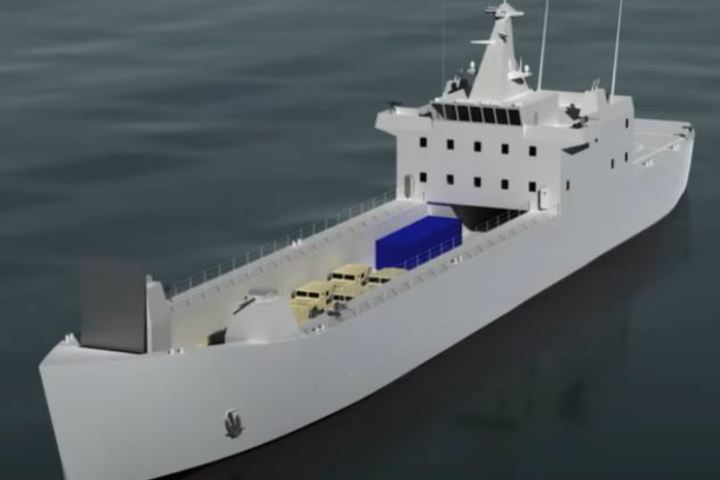
Report to Congress on Navy Medium Landing Ship
The following is the Navy Medium Landing Ship (LSM) (Previously Light Amphibious Warship [LAW]) Program: Background and Issues for Congress on July 23, 2024. …

Copyright 2024 U.S. Naval Institute. All Rights Reserved.